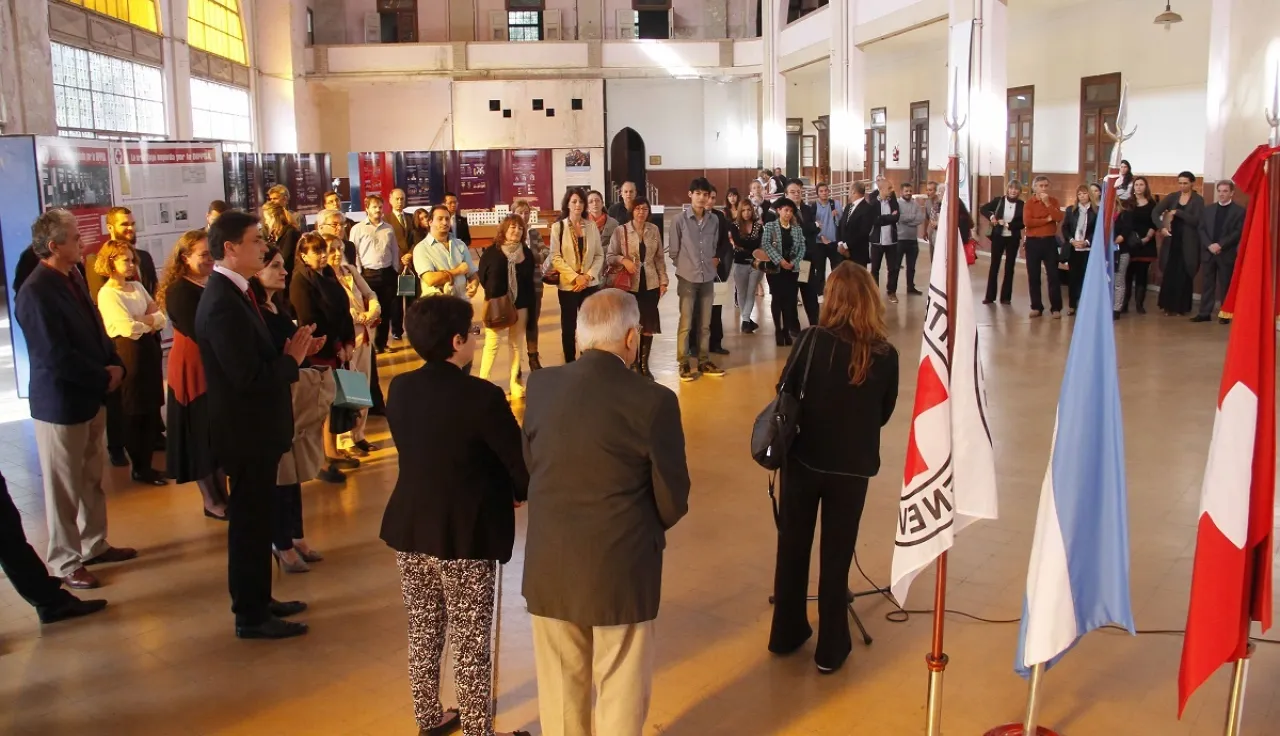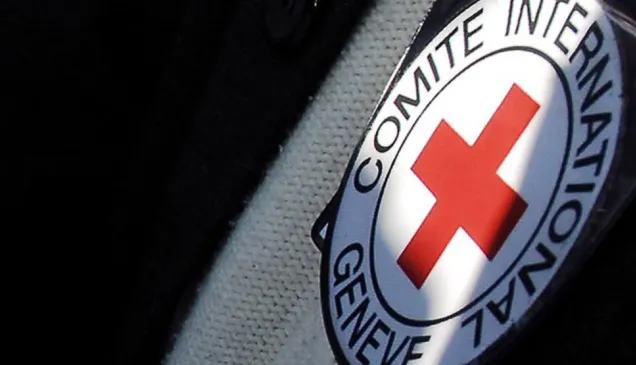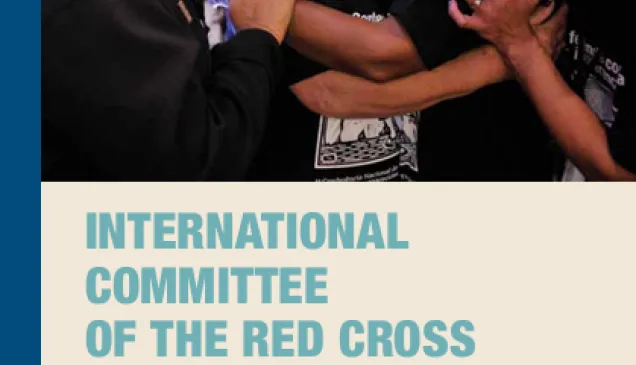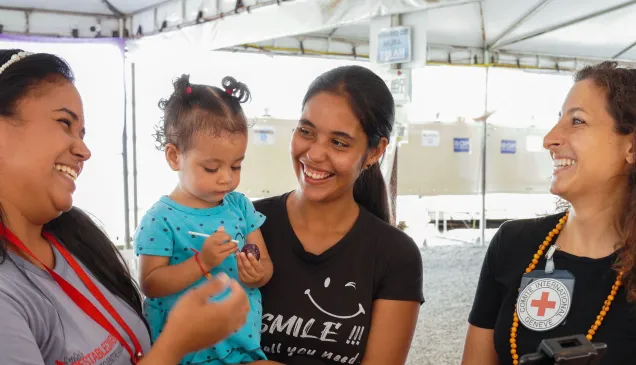Argentina: The ICRC’s humanitarian work during the military dictatorship

The opening of a photo exhibition in Buenos Aires was the occasion for a panel discussion on the ICRC's work during the 1976-1983 dictatorship in Argentina.
The exhibition, entitled War from the Victims' Perspective, shines a spotlight on the people caught up in the ravages of war. It is the work of Swiss photographer Jean Mohr and is one of the events surrounding the 150th anniversary of the International Committee of the Red Cross (ICRC).
"I am very pleased to present this exhibition, which celebrates the ICRC's 150 years of humanitarian work and Switzerland's ties with Argentina," said the Swiss ambassador, Hanspeter Mock.
"Argentina values the ICRC's work to defend the basic human rights of life and dignity," said María Carolina Pérez Colman, from the Argentine ministry for foreign affairs. "Through its efforts to ensure full compliance with humanitarian law, the ICRC brings people together around the vital issues of human rights violations, armed conflict and peace."

The head of the ICRC's mission to Argentina, Alexandra Manescu, speaking about victims of Argentina's military dictatorship. ©Espacio Memoria
Ms Pérez Colman also underscored the significance of holding the exhibition at what was once the naval academy (ESMA), where notoriously thousands were tortured and killed during the dictatorship. Converted into the Remembrance and Human Rights Centre, the complex is now a place for defending and promoting human rights.
By registering everyone we visit, we can help prevent disappearances.
Alexandra Manescu, head of the ICRC's mission in Argentina
According to Alexandra Manescu, head of the ICRC's mission in Argentina, the military coups in Chile and Argentina in the 1970s played a decisive role in bringing the ICRC to the region permanently. "There were so many victims: People were forced from their homes, detained, tortured and even killed. Some simply disappeared," she explained.

Swiss ambassador to Argentina, Hanspeter Mock, speaking about how the ICRC's work to protect victims of conflict is recognized around the world.
The ICRC tried repeatedly to gain access to detention centres, but was only admitted to two: the Magdalena and the Riviera centres. "Even without direct access," said Ms Manescu, "we still managed to register people who were detained under the dictatorship."

María Carolina Pérez Colman, from the ministry for foreign affairs, talking about how valuable the ICRC's work is in Argentina.
By the end of 1976, the ICRC had registered 3,800 detainees; it registered a further 4,200 in 1978; 3,500 in 1979; 2,100 in 1980; 1,800 in 1981; 1,000 in 1982; 500 in 1983; and 15 in 1984. "By registering everyone we visit, we can help prevent disappearances," said Ms Manescu.
Taking part in the panel discussion at the exhibition were: Alexandra Manescu; María Teresa Piñero, a member of the foreign ministry's commission for remembrance and the widow of Angel Georgiadis (detained and executed under the military dictatorship); Jorge Giles, a former detainee and the director of the Malvinas and South Atlantic islands museum; Eduardo Jozami, a former detainee and director of the Haroldo Conti cultural centre; and Daniel Tarnopolsky, who is a member of the board of directors of the Remembrance and Human Rights Centre and has relatives who disappeared during the dictatorship.
The exhibition runs until 8 June at Avenida Del Libertador 8151, Buenos Aires.



